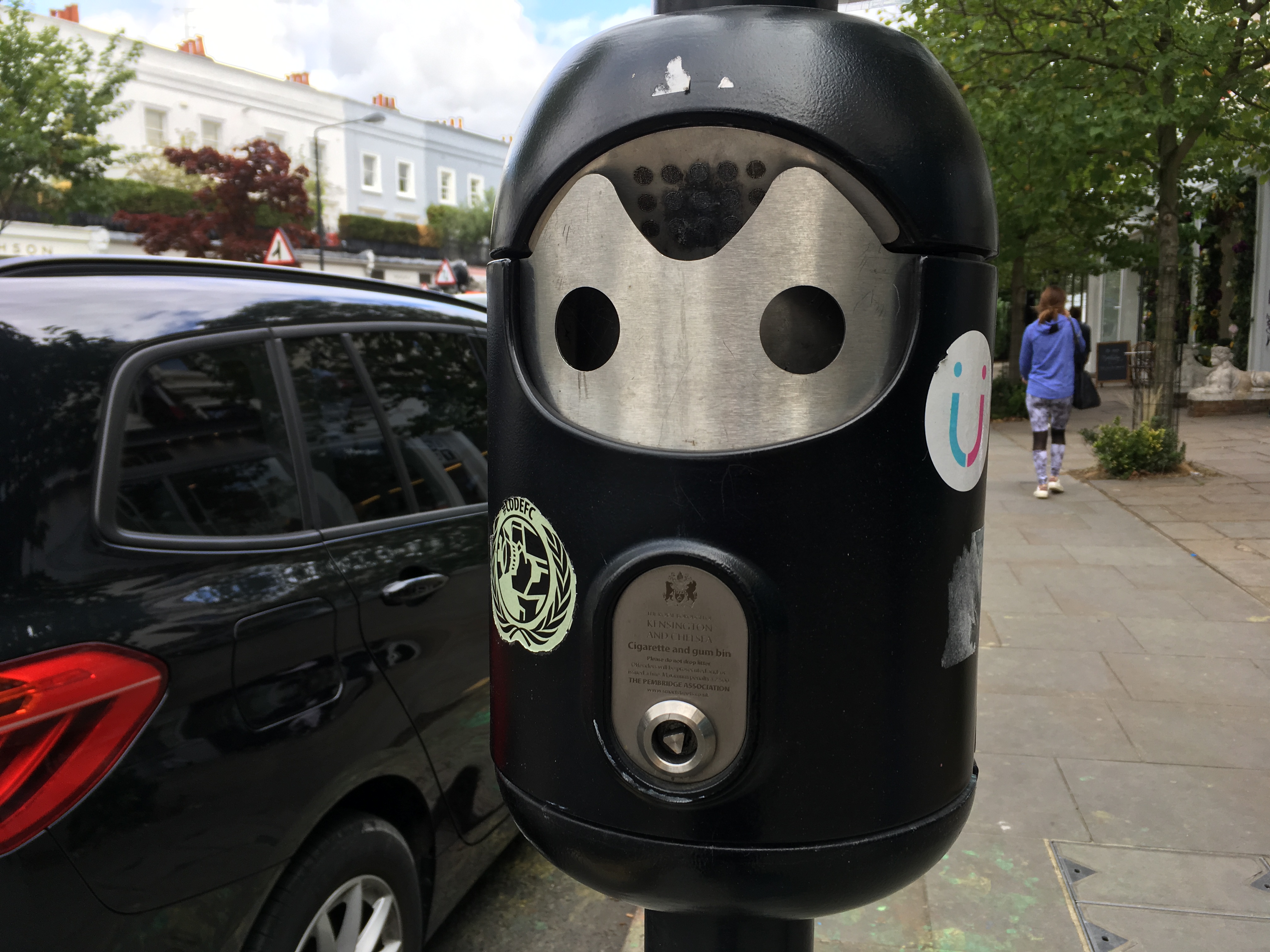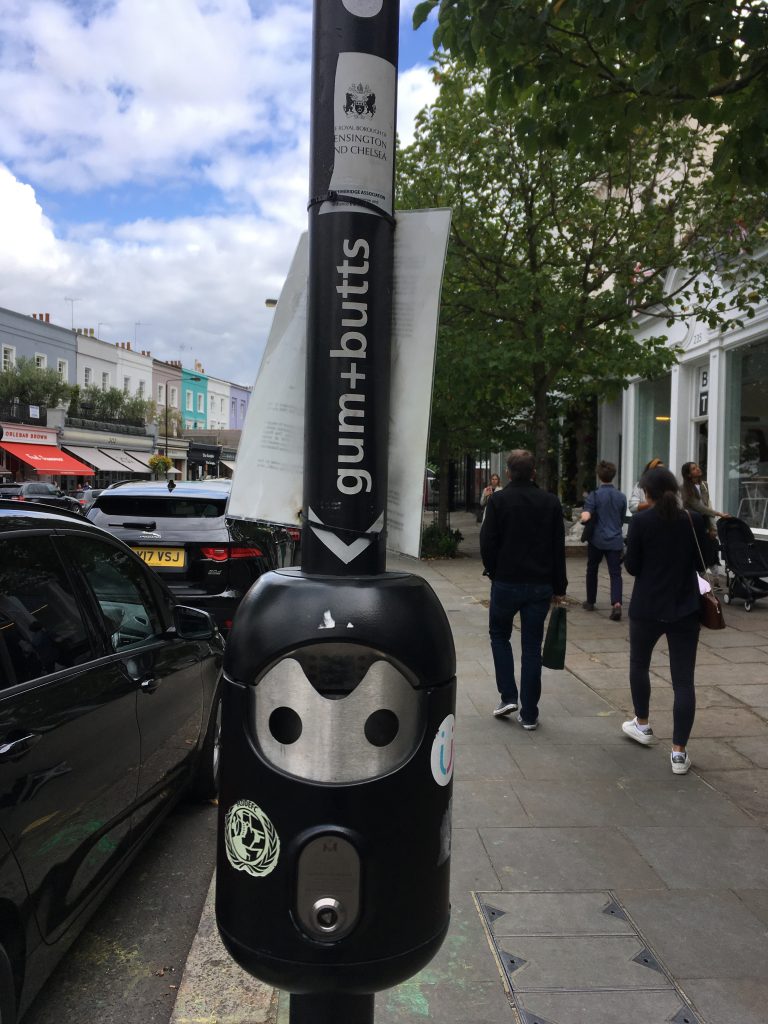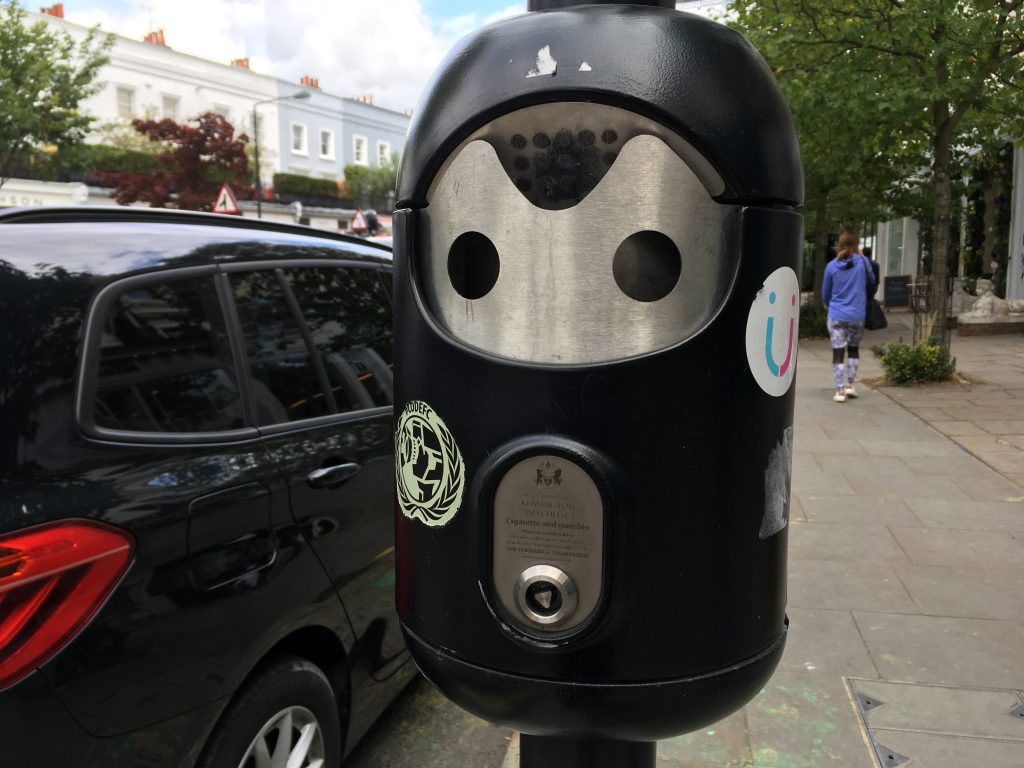Joo, J., & Hu, R. (2024). Wilson the volleyball in cast away: Social loneliness increases preferences for an anthropomorphic product. Archives of Design Research, 37(1), 85–101.
Abstract
Background We aim to study whether social loneliness, as a psychological variable, and social crowding, as an environmental variable, jointly influence people’s preference for an anthropomorphic product. Specifically, this study aims to test two hypotheses; whether social loneliness increases the preference for an anthropomorphic product and whether this effect is influenced by social crowding.
Methods Two experiments were conducted to test the two hypotheses. When manipulating the anthropomorphim of a product, social loneliness, and social crowding, we strictly followed the procedure of prior literature.
Results We obtained two findings. First, participants showed a stronger preference for the anthropomorphic product when they were socially lonely than when not. Second, when participants were socially crowded, their preferences for the anthropomorphic product did not increase even when they were socially lonely.
Conclusions Our findings suggest that people’s preference for an anthropomorphic product is jointly determined by social loneliness and social crowding. To make better use of anthropomorphism in product design, designers should consider both consumers’ social loneliness and stores’ social crowdedness.
Keywords:
Anthropomorphism, Product Design, Social Crowdedness, Social Loneliness
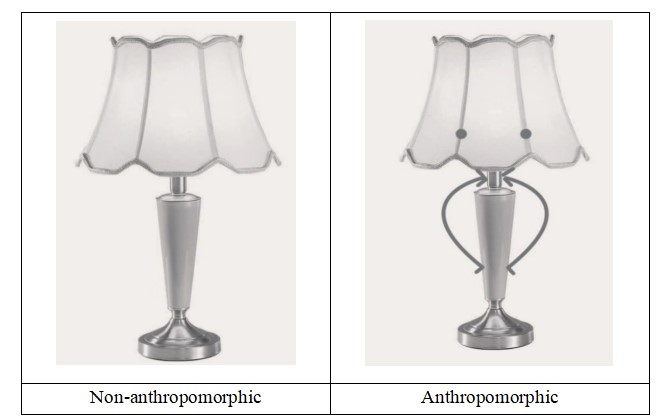
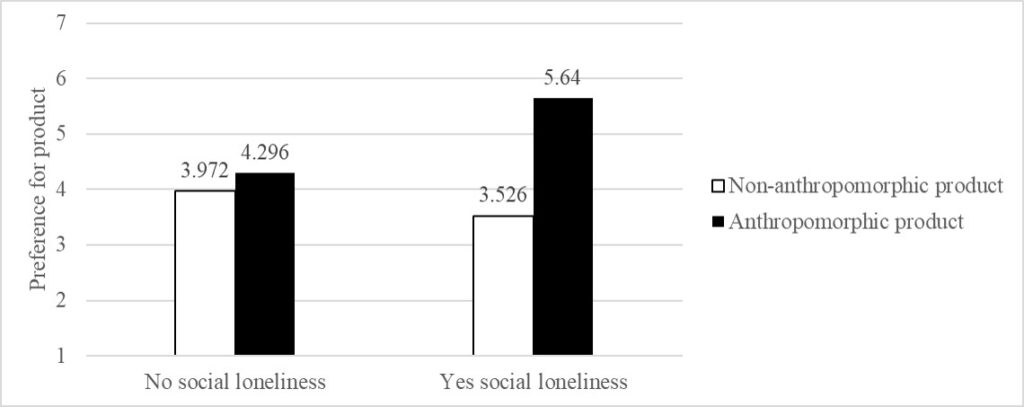

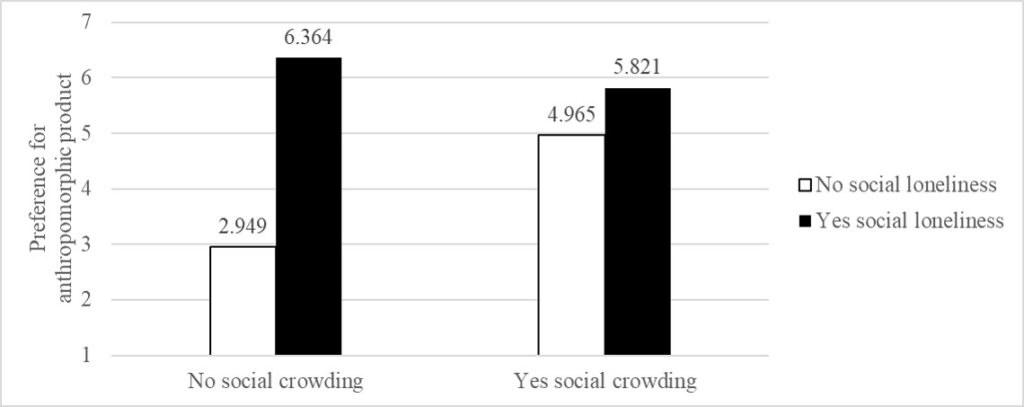
… The research demonstrates that social loneliness should not be viewed solely as a psychological issue, but can act as a pivotal factor in driving sales of anthropomorphized products. As such, marketers would benefit from focusing on consumer segments experiencing social loneliness. Additionally, incorporating anthropomorphic design and messaging into marketing communications could enhance product preference among these lonely consumers. Specifically targeting the anthropomorphic qualities of offerings to the socially lonely represents a viable strategy for boosting consumers’ attachment and sales potential. (pg. 97)
… when managers use anthropomorphism in marketing communications, they must consider both the psychological state of the target consumers and meet their needs and the social crowding of the environment. As suggested by the literature and supported by our experimental findings, the marketing of anthropomorphic products for lonely target groups should endeavor to choose less crowded social environments for publicity and promotion. This will enable consumers to easily and quickly find products that meet their belonging needs and thus promote sales and achieve good marketing effects. (pg. 97)




